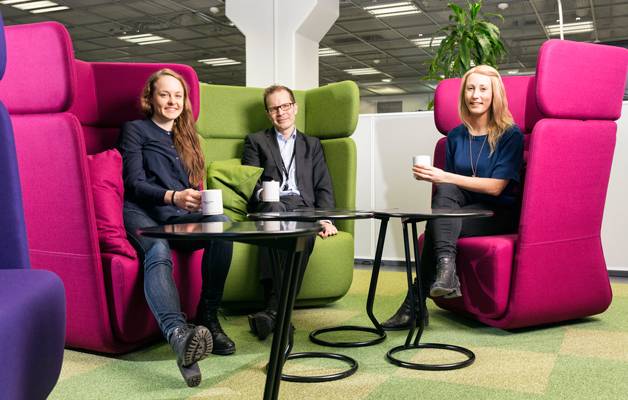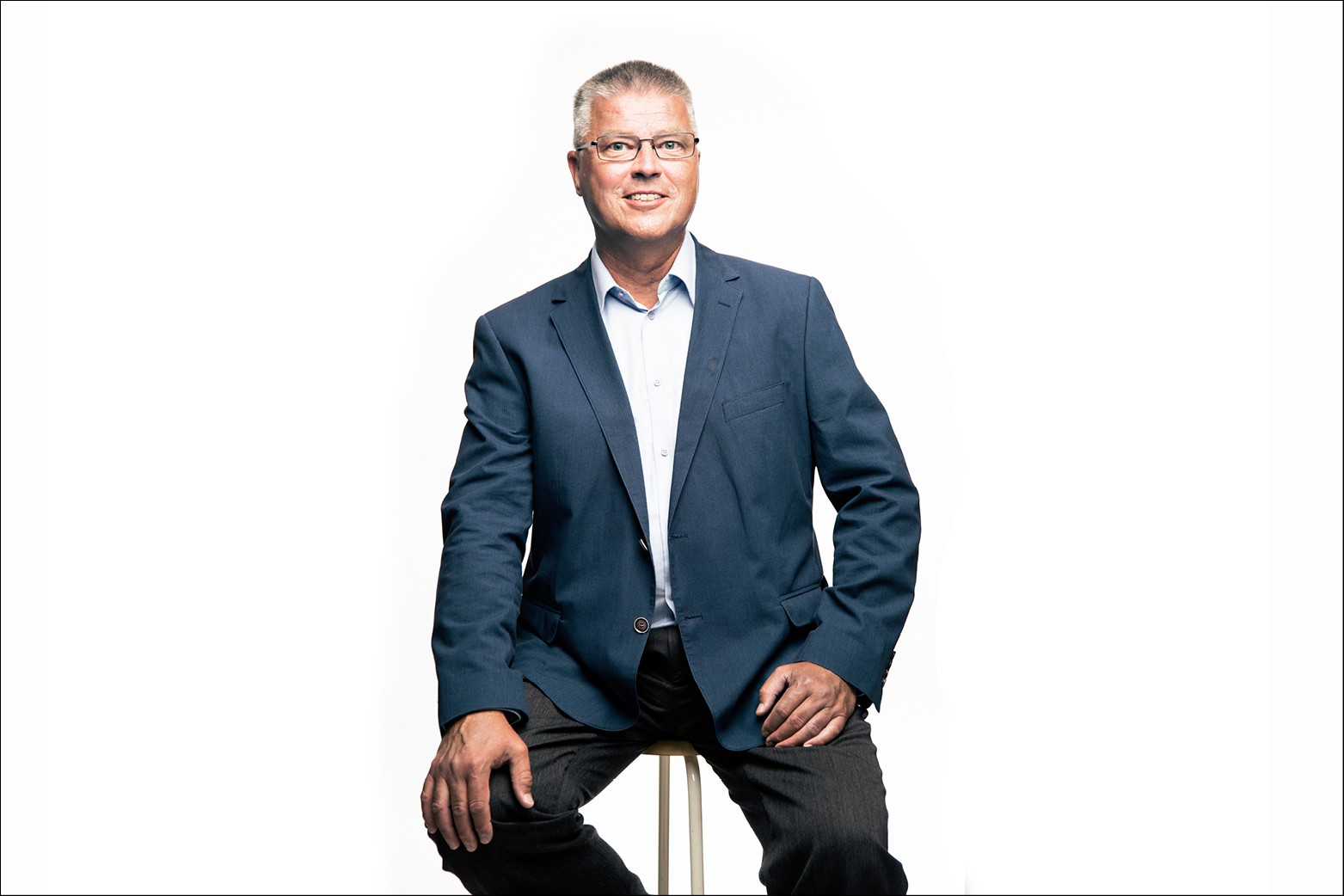
Digita aktivoi työntekijöitä muutokseen
Digita halusi saada koko henkilöstönsä mukaan kehittämään yhtiön toimintakulttuuria ja tapoja peleistä tutuilla keinoin. Vinkkejä Digita haki osallistumalla vuoden 2016 kestäneeseen GameOn-hankkeeseen.
Käytämme evästeitä tarjotaksemme paremman käyttökokemuksen ja henkilökohtaista palvelua. Suostumalla evästeiden käyttöön voimme kehittää entistä parempaa palvelua ja tarjota sinulle kiinnostavaa sisältöä. Sinulla on hallinta evästeasetuksistasi, ja voit muuttaa niitä milloin tahansa. Lue lisää evästeistämme.

Shared workplaces are becoming the norm in working life today – in addition to industry, they are common in office work and retail, for example. Having several employers under the same roof creates new cooperation, but also new kinds of challenges. One of the challenges is occupational safety. But it is not just a challenge – it is also an opportunity to do things better than before. When everyone at a shared workplace brings their own expertise, experience and commitment, the workplace becomes much more than the sum of its parts.
At its best, a shared workplace serves as an example of creating safety through collaboration, open communication and trust.
Who is responsible for induction training? Who gives instructions? Who should be contacted if something happens? It doesn’t matter which company’s employee suffers an accident. It’s important to ensure the safety of all employees so that no accidents occur. At its best, a shared workplace serves as an example of creating safety through collaboration, open communication and trust. Clear rules, induction training, risk observation and a low threshold for addressing risks are ways to show that everyone’s safety is important. This creates a culture of caring. It shows that every employee is valuable, regardless of who pays their wages.
Companies that take the safety of a shared workplace seriously also attract experts who want to do their work right and safely.
There are several companies, construction sites and organisations that have managed to make safety a truly common concern. This shows that the right kind of safety culture yields results: fewer accidents, more trust, a better team spirit and stronger work motivation. While the Occupational Safety and Health Act sets out the minimum standards, occupational safety is primarily a matter of reputation, morality and competitiveness. Companies that take the safety of a shared workplace seriously also attract experts who want to do their work right and safely.
A shared workplace requires shared responsibility – but it also enables shared success. Let’s succeed together with the help of the examples presented in this issue of Telma!

Digita halusi saada koko henkilöstönsä mukaan kehittämään yhtiön toimintakulttuuria ja tapoja peleistä tutuilla keinoin. Vinkkejä Digita haki osallistumalla vuoden 2016 kestäneeseen GameOn-hankkeeseen.

Kuljettaja Anton Härkönen jakaa viileä- ja kylmälähetyksiä ympäri eteläistä Suomea. Sähköiset järjestelmät varmistavat laatua sekä helpottavat ja nopeuttavat työntekoa.
Hankejohtaja Margita Klemetti työ- ja elinkeinoministeriöstä, mistä Työelämä 2020 -hankkeessa on kysymys? Työelämä 2020 -hankkeen tavoitteena on haastaa työpaikat kehittämään omia toimintatapojaan. Hanke perustuu vuonna 2012 valmistuneeseen työelämästrategiaan, jonka tavoitteena on parantaa työllisyysastetta, työelämän laatua, työhyvinvointia ja tuottavuutta. Päämääränä on tehdä suomalaisesta työelämästä Euroopan paras vuoteen 2020 mennessä. Miten hanke auttaa työpaikkoja kehittymään? Hanke perustuu
Digimurros, verkkokaupan tulo, automatisointi – kaupan työ ei ole entisellään. Työntekijälle jää ehkä enemmän aikaa asiakkaalle, kun robotiikka hoitaa mekaaniset työt. Samalla työntekijöiltä ja yrityksiltä kysytään kykyä muuttua ja kehittyä. Keskossa uutta suuntaa on lähdetty rakentamaan strategiasta, jota kirkastetaan ja vaalitaan koko henkilöstön voimin.

